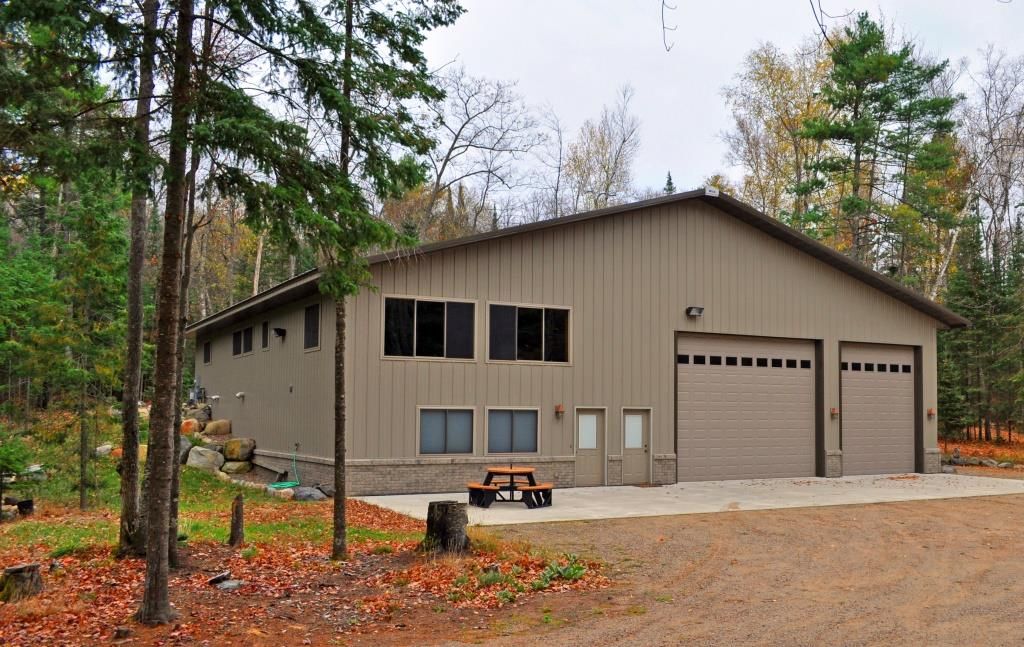Are Shop Houses a Cheaper and Better Alternative to Stick-Built Homes?
Steel frame Shops, as well as shophouses sometimes mix a commercial space on the ground floor and residential space above, but can be setup in many different layouts. have become an intriguing housing alternative for some North American developers and homebuyers. Steel frame shops became popular when people realized that the price wasn’t out of reach for most, that’s when people started to see bigger opportunities with Steel Shops in particular. converting the entire interior of their Simple Steel framework shop into a fully functional home. From the outside, it simply looks like a Steel frame shop maybe an automotive garage or a storage building or sorts. very unimposing from the exterior but the interior is where the shop house shines brightest.
Construction Cost Differences
Construction costs for shop houses versus standard suburban homes differ significantly based on several factors:
Labor: Labor may be cheaper depending on the country where construction takes place. Developing countries have far lower wages, resulting in major construction savings. However, in Western countries with high labor costs, differences may be negligible. Land values also impact labor prices. A shophouse built on expensive downtown land will still incur high project costs. At the same time Steel frame construction was designed to be time efficient during the building process, the Steel kits simply bolt the pre-measured steel beams together whereas wood must be cut to size before being nailed in place which can take more time effort, and money.
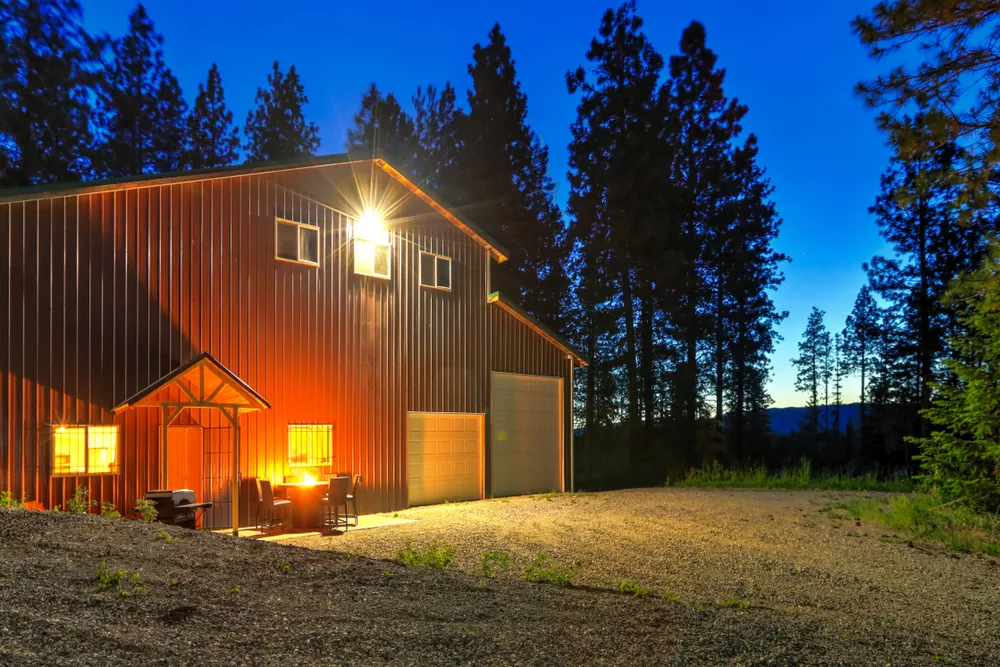
Materials: Shop houses constructed from Steel rather than wood will benefit from Stronger materials, longevity, and durability, especially in areas where wood is rare and expensive to import. Much of the material cost Depends on the area of the country you source it from, in some regions, economic differences aren’t always straightforward and apparent when it comes to material costs. Material prices fluctuate on a near-daily basis anymore so nailing down a price becomes even more difficult when planning for future builds.
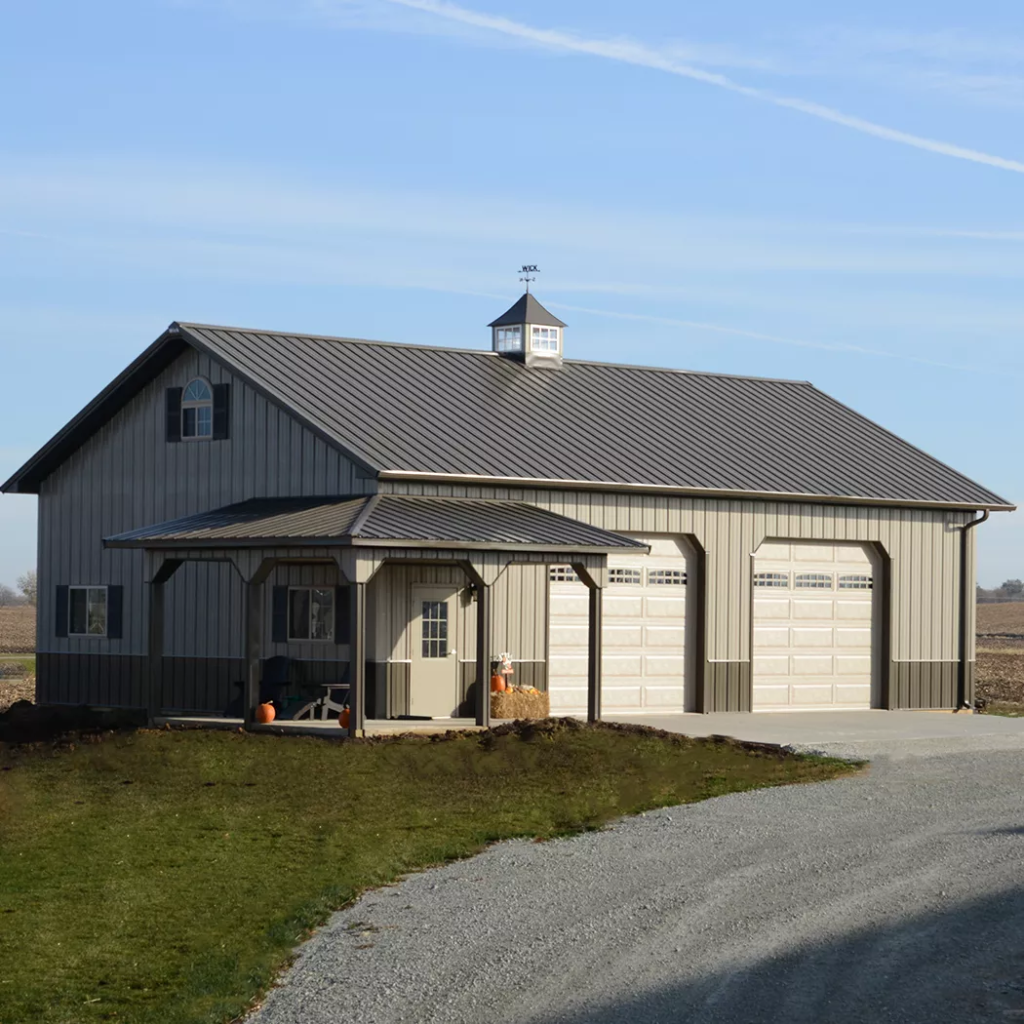
Density: Significantly, shop houses utilize land far more efficiently with their zero side yard setbacks and multi-story format reaching the maximum allowable height. The ability to build more housing square footage on expensive downtown lots has major cost implications per home. Building up and not out is something that Steel framing does exceptionally well. The strength and flexibility allow for the perfect amount of durability when building multi-level steel buildings
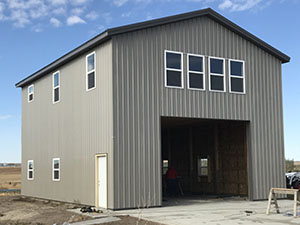
Overall, it seems shophouses built by developers seeking to maximize land usage can realize major construction savings over single-family homes depending just on density. However, the variables and unseen factors make universal costs almost impossible to figure up.
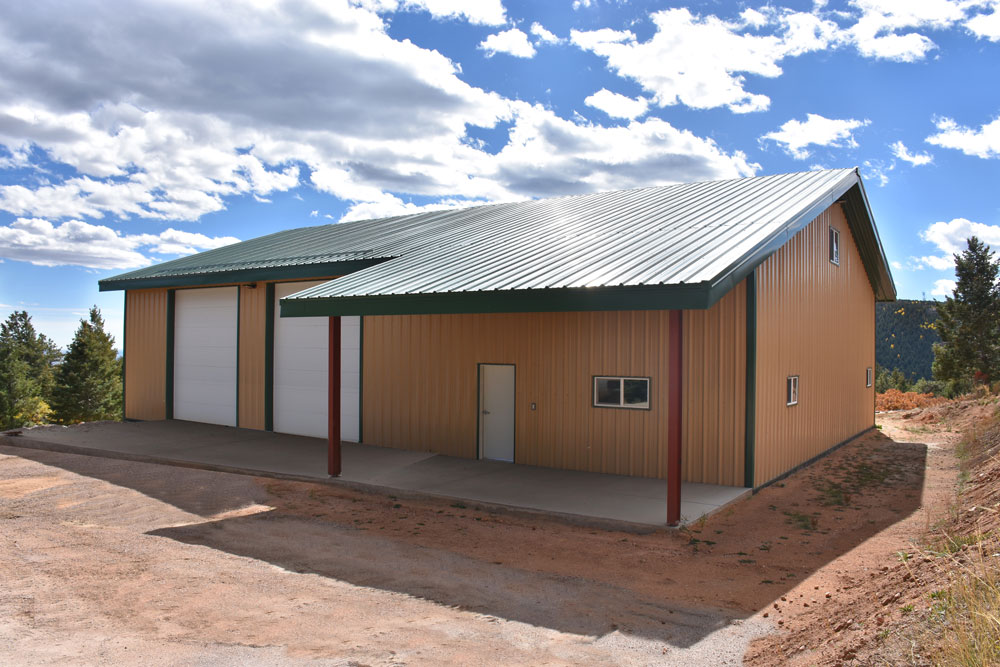
Economic Arguments for Shop Houses
Beyond direct construction costs, Steel shop houses provide other theoretical savings that impact personal and community finances, including:
Mixed Usage: The combination of commercial and residential space allows homeowners to live above their own shops or cafes while renting out the rest, providing rental income. or using it to run a business of some kind. Auto garages are perfect for this kind of setup, This mixed-use model reduces transportation costs and boosts affordable housing availability. As well as providing a potential business opportunity.

Infrastructure Efficiency: having your workshop and living quarters in the same building is extremely efficient for many reasons, one electric bill comes to mind right outa the gate as well as always being on time for work, it’s easy to do if you live on site. it’s convenient to have everything in one place and it seems that it will also save on expenses in more ways than one.
While arguments around community identity and infrastructure efficiency may be harder to quantify, the shop house model clearly provides opportunities for improved density and affordable housing. Their residential/retail flexibility can also open small businesses and rental income potential for homeowners.
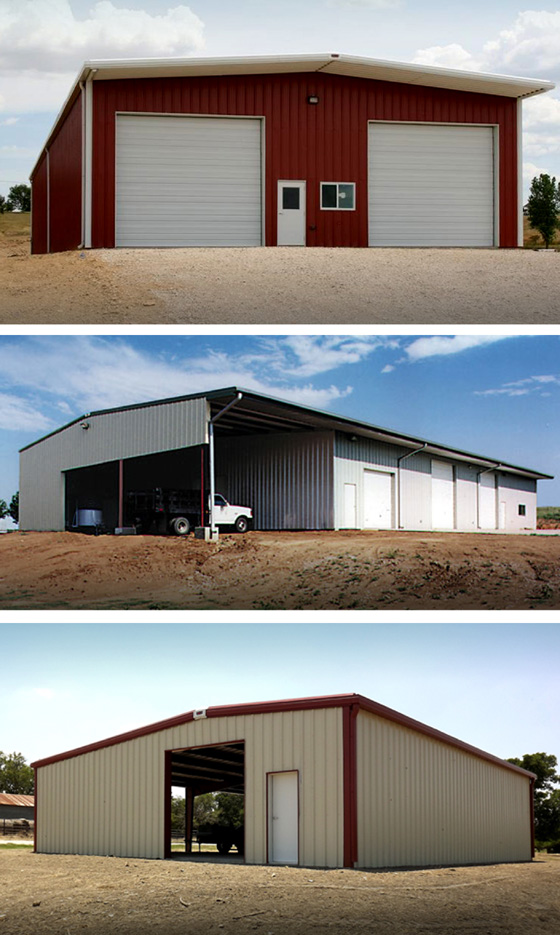
shop houses seem to offer simpler construction and higher density at lower cost depending on where they are built. And they provide subtle but impactful lifestyle benefits that could become more relevant as unaffordable housing, community fragmentation, inadequate inadequate transit access, and infrastructure cost burdens increasingly pressure local economies. For these reasons, North American developers may be wise to take a closer look at the shop house concept as both a more sustainable and affordable alternative to the large lot houses still common in many regions today.


